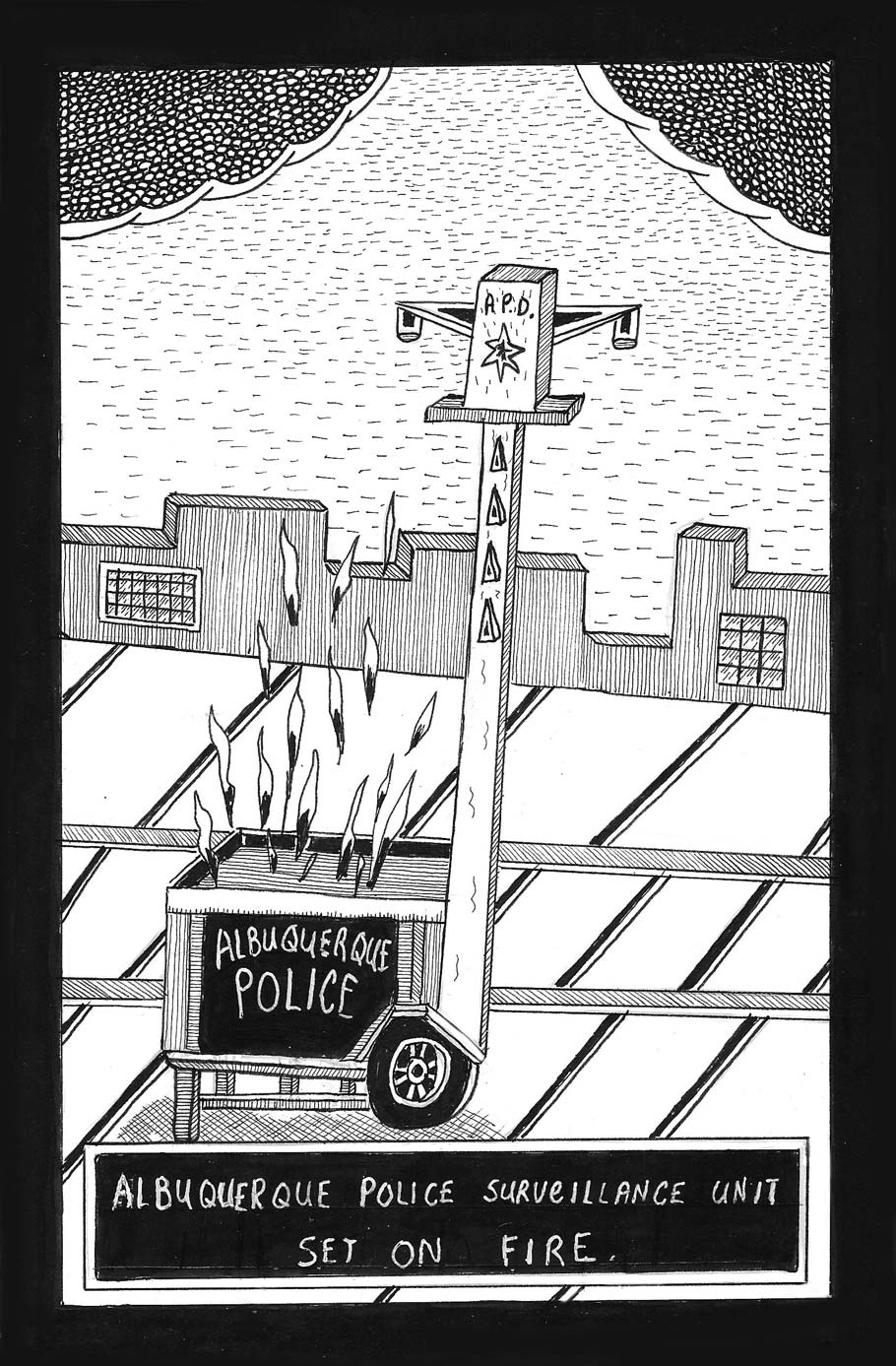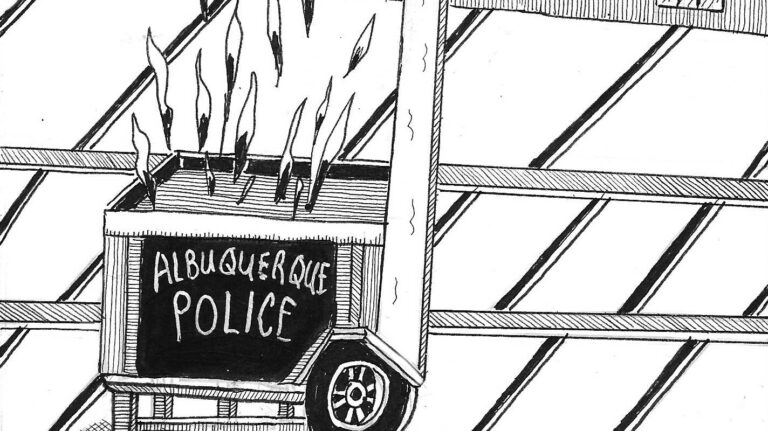Culture Shock: Albuquerque Otherworld
Mark Beyer's First Collection In 12 Years Delves Into The City's Strangeness


Mark Beyer
Latest Article|September 3, 2020|Free
::Making Grown Men Cry Since 1992


Mark Beyer


